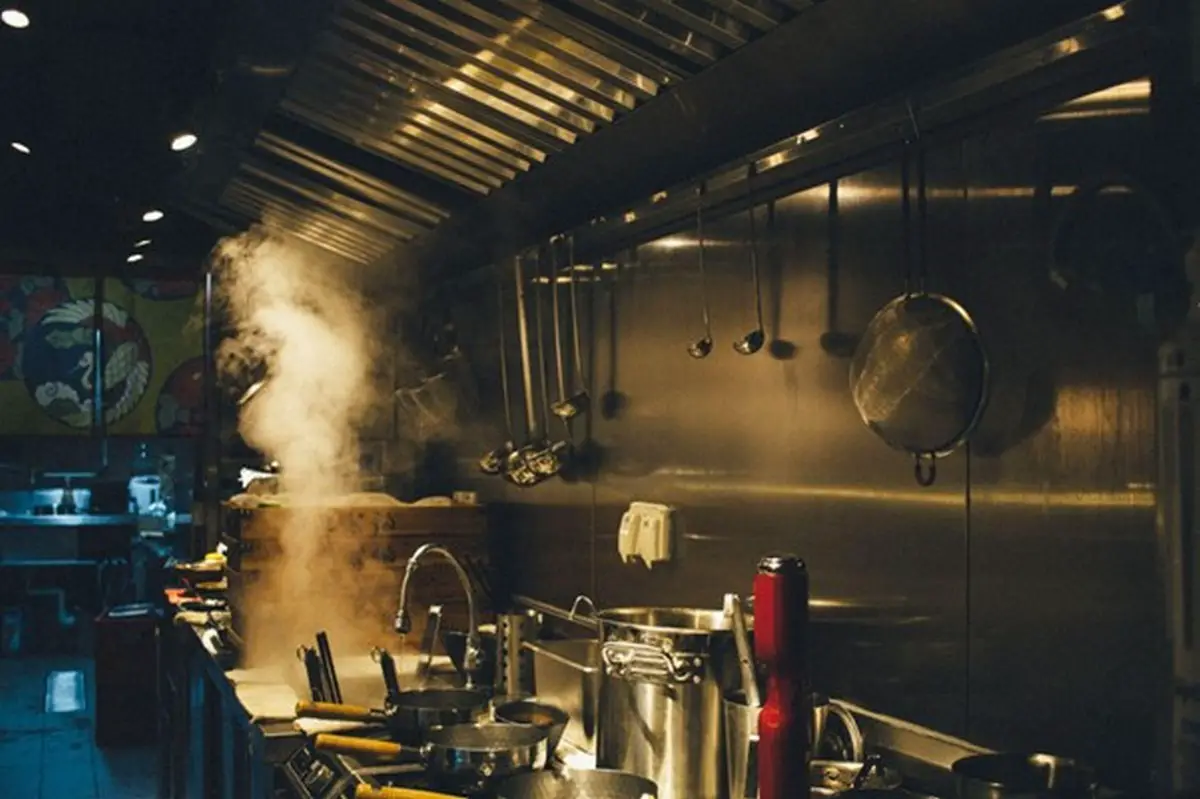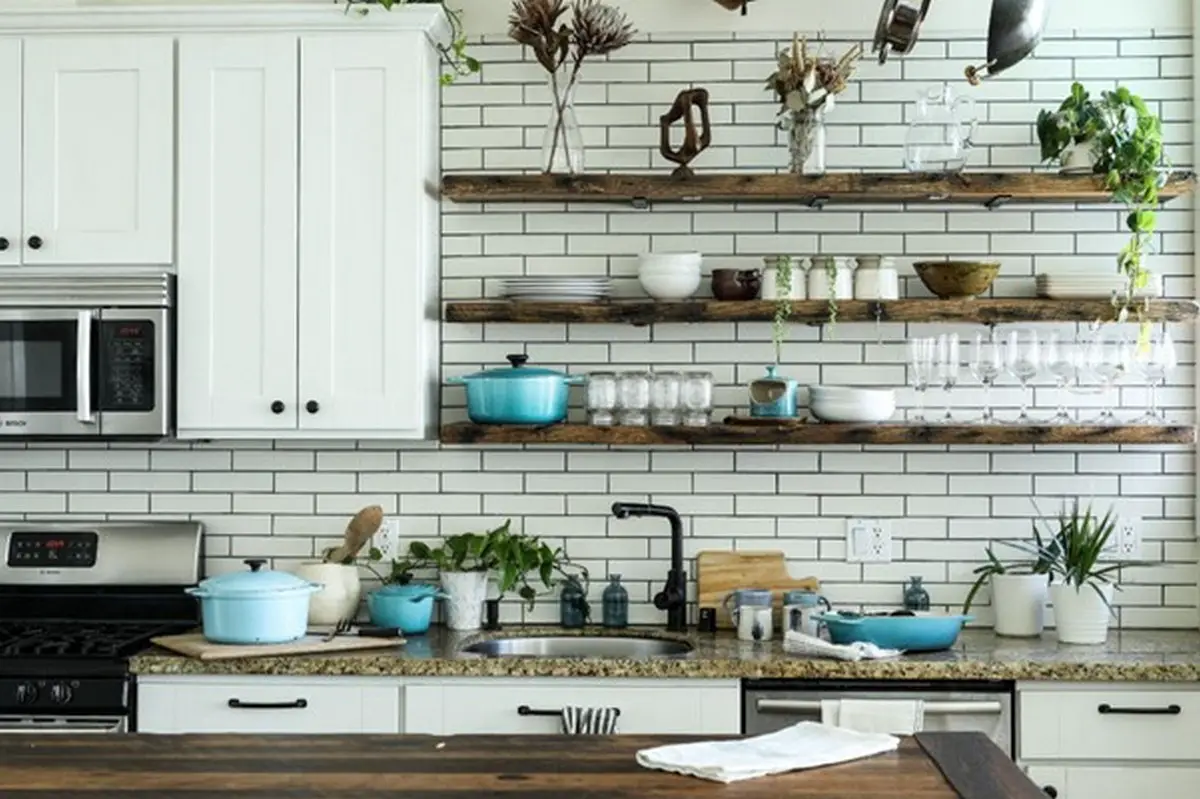How to design a commercial kitchen to speed up service, House layout design advice, Property decor style tips
How To Design A Commercial Kitchen To Speed Up Service
17 Oct 2023
In the bustling world of the food industry, time is money, and nowhere is this more evident than in a commercial kitchen. Efficiency and speed are the backbone of any successful restaurant, and a well-designed commercial kitchen is paramount in ensuring swift and streamlined service. In this article, we will delve into the intricacies of designing a commercial kitchen geared towards optimizing speed without compromising on quality.
From layout considerations to the choice of equipment and workflow management, every aspect must harmonize to create an environment where chefs can work seamlessly, ensuring prompt delivery of delectable dishes to the customers.
Optimal Layout: Maximizing Space and Workflow
The layout of a commercial kitchen is the foundation upon which the entire operation stands. An efficient layout not only saves time but also minimizes unnecessary movements, reducing the risk of accidents and boosting productivity. One key aspect is categorizing the kitchen into different zones – preparation, cooking, plating, and cleaning. Each zone should be equipped with the necessary tools and ingredients, eliminating the need for chefs to wander around in search of items. Furthermore, the kitchen should be designed in a logical sequence, ensuring that food moves seamlessly from one station to another. For instance, placing the grill near the prep area for immediate cooking can significantly cut down waiting time, expediting the overall cooking process.
Smart Equipment Choices: Investing in Time-Saving Tools
Equipping the kitchen with state-of-the-art appliances is pivotal in expediting the cooking process. From high-powered stoves to rapid-cooling refrigerators, investing in top-notch equipment can significantly reduce cooking times. Induction cooktops, for instance, heat up almost instantly, allowing chefs to start cooking the moment ingredients hit the pan. Additionally, combi ovens, which can steam, bake, and roast, offer remarkable versatility, eliminating the need for multiple appliances.
Moreover, incorporating tools like food processors and immersion blenders for prep work can substantially cut down chopping and blending time, allowing chefs to focus on the more intricate aspects of their dishes. A judicious choice of equipment not only accelerates the cooking process but also enhances the precision and quality of the dishes being served.
Efficient Workflow Management: Streamlining Communication and Coordination
Efficiency in a commercial kitchen is not solely dependent on equipment and layout; seamless communication and coordination among the staff members are equally vital. Implementing a well-defined kitchen communication system, such as digital ticketing and order management software, can ensure that chefs receive orders promptly and accurately. Moreover, establishing a hierarchy in the kitchen brigade, with clear roles and responsibilities, prevents confusion and ensures a smooth workflow. Regular training sessions and team-building activities foster camaraderie among the staff, promoting better collaboration during peak hours.
Additionally, encouraging a culture of cleanliness and organization further enhances efficiency. Chefs who can easily locate ingredients and tools without searching through cluttered shelves can focus entirely on their culinary creations, resulting in faster and more precise service.
Innovative Solutions: Enhancing Efficiency with Modern Technologies
In the quest for an impeccably efficient commercial kitchen, embracing modern technologies can be a game-changer. Innovations such as commercial dumbwaiter service lifts exemplify this advancement, seamlessly connecting different kitchen levels and ensuring swift transportation of food, dishes, and supplies. By employing these sophisticated systems, chefs can focus entirely on the culinary masterpiece at hand, knowing that the logistical aspects are efficiently taken care of.
Dumbwaiters not only optimize space but also reduce the strain on kitchen staff, enhancing their overall productivity. Integrating such smart solutions into the kitchen layout can revolutionize the workflow, allowing for even faster service without compromising the quality that customers expect. Moreover, these innovations align perfectly with the overall design strategy, harmonizing with the layout and equipment choices to create a truly streamlined and high-speed culinary operation.
Sustainability in Kitchen Design: Speeding Up Service While Reducing Environmental Impact
In the modern culinary landscape, the emphasis on sustainability has become paramount. Designing a commercial kitchen with an eco-friendly approach not only benefits the environment but can also enhance efficiency. Utilizing energy-efficient appliances, opting for eco-friendly packaging, and implementing waste-reduction strategies are all integral parts of sustainable kitchen design.
For instance, energy-efficient stoves and refrigerators not only save on utility bills but also function optimally, ensuring swift cooking and storage. Moreover, incorporating recycling stations within the kitchen layout promotes an organized environment, allowing staff to dispose of waste efficiently, and enabling them to focus more on serving customers promptly.
Staff Training and Skill Development: Empowering the Team for Speedy Service
Behind every efficient commercial kitchen is a skilled and well-trained team. Investing in staff training and skill development programs can significantly enhance the speed and quality of service. Continuous training not only keeps the staff updated with the latest cooking techniques and technologies but also hones their organizational skills. Chefs who are adept at multitasking and time management can handle peak hours more effectively, ensuring that every order is prepared and delivered promptly.
Additionally, fostering a positive work environment, where creativity and collaboration are encouraged, motivates the staff to work cohesively, resulting in a well-coordinated and swift kitchen operation. By prioritizing staff training and skill development, you not only equip your team with the tools they need to excel but also create a culture of excellence that benefits both the employees and your customers. This investment in your staff’s growth ultimately leads to a more efficient and satisfying dining experience for all.
Regular Maintenance and Upgrades: Ensuring Long-Term Efficiency
Even the most efficiently designed commercial kitchens require regular maintenance and occasional upgrades to sustain their speed and effectiveness. Timely equipment maintenance and replacements of worn-out tools are essential to prevent downtime during service hours. Regular inspections can identify potential issues before they escalate, ensuring uninterrupted workflow. Furthermore, staying updated with the latest kitchen technologies and trends allows restaurant owners to make informed decisions about upgrades that can significantly enhance efficiency.
By investing in the long-term functionality of the kitchen, owners can guarantee that their establishment continues to deliver speedy and high-quality service, keeping both the staff and customers satisfied.
Efficiency is the lifeblood of a successful commercial kitchen. In this article, we’ve explored the intricacies of designing a commercial kitchen that prioritizes speed without compromising on quality. From the optimal layout and smart equipment choices to innovative technologies and sustainability considerations, a well-rounded approach to kitchen design can revolutionize the way a restaurant operates. It’s essential to invest not only in the physical aspects of the kitchen but also in the training and skill development of the kitchen staff.
Furthermore, regular maintenance and a commitment to sustainability are key to ensuring long-term efficiency. By meticulously combining these elements, restaurant owners can create the perfect recipe for a high-speed, high-quality kitchen that leaves both the staff and customers delighted.
Comments on this guide to Design a Commercial Kitchen to Speed Up Service article are welcome.
Buildings
Key Buildings in Scotland Articles – architectural selection below:
Historic Glasgow : best Glasgow architecture of the past
Comments / photos for the Design a commercial kitchen to speed up service:advice page welcome.

